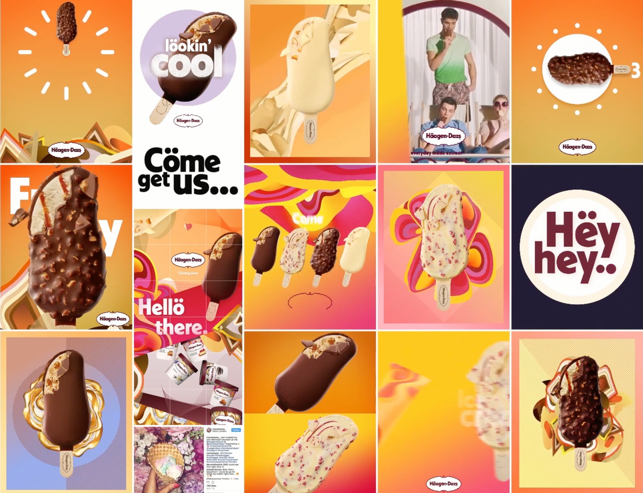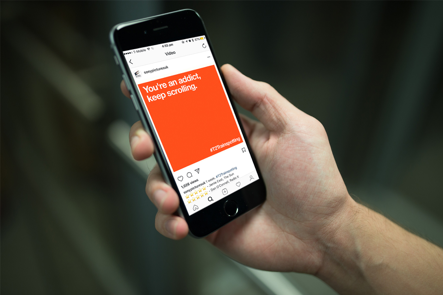4 Ways to Succeed in the Attention Economy
By: Marcus Foley, Co-Founder & Chief Client Officer, Tommy
June 17, 2019
Marketers are currently locked in an epic battle for eyes and ears, a “smash-and-grab” raid on the attention of their audience. Brands looking to win fans are converging in narrowing spaces. These are places where competition doesn’t come from the same sector, it comes from every sector—plus friends, family, cat GIFs and whatever else ends up in the feed.
The problem with this constant, never-ending stream of content is that it comes in through our eyes and out of our brains at the speed of a swipe. It’s a daily branding battle. People have become reflexively ready to skip or scroll away from anything that doesn’t interest them.
So, as marketers and agencies, we need to sharpen our content strategies to win in the attention economy. There is an inevitable fatigue to some brands’ content strategies and the way marketers are treating their channels. Certain categories aren’t moving at the speed of culture and are getting left behind.
How do we address this? By finding new and fascinating ways to surprise and delight. Marketers need tactics to disrupt the feed, engage people, elicit an emotional response and begin relationships. Understand your audience and their behavior and play on that.
Nike does it brilliantly; and, like Nike, we must challenge the conventions of the mediums and work brilliantly within them. This is a continual search for distinction and difference.
Here are four things to think about:
Create distinct digital brand worlds.
Name the whisky brands:

Without looking at the labels, you can’t.
Make your social style your own. It should sing with your voice, and nobody else’s. Here’s some of our work for Haagen Daaz (it’s distinctly, definitely not Magnum):

Use the 75:25 rule. Invite the audience to complete the narrative. Give them 75 percent; make them complete the other 25 percent. By doing this you are starting a conversation.
The answer may come in a reward that reveals itself over time, or a rationale that is evident only to the thoughtful viewer. The punchline often lies in a verbal cliché expressed visually. The idea completes itself in the mind of the person viewing.

Have a first frame strategy. You have a mere matter of seconds to get someone’s attention. The first frame will be the decider every time. Do they scroll, or stop?
Ask yourself what really happens in this piece of content—editorially, visually, technologically—that is going to make someone bother giving you their valuable attention for more than 3 seconds. Work this out before you post it.
Create a “me” moment. Get the audience to physically participate, and not by tapping “like”—that doesn’t count. How do you make it about them? Create a moment where they can capture themselves, participate or interact in some way. Users don’t comment as much as they used to, so how do you tap into that desire to interact?
Audit a post’s scroll-stopping potential before publishing. As we craft content at Tommy, we always ask:
- Can someone tell this post is really mine, and not one of my competitors’?
- When swiping at the speed of light, is this going to stop me in my tracks?
- Is it memorable?
- Is it conversational, contextual or cultural?
- What does the audience have to bring to it?
- Does it create a smile in the mind?
- Is there a “me” moment?
The best type of selling doesn’t feel like selling. It gives people a gift that is interesting in its own right. It earns the right to be there, among the viewer’s friends, family, pets and all of the things that they choose to engage with.
Ask yourself: Do you deserve to get the viewer’s attention when they have so much choice? Do you work hard enough to survive the scroll? (Be brutally honest now!)


